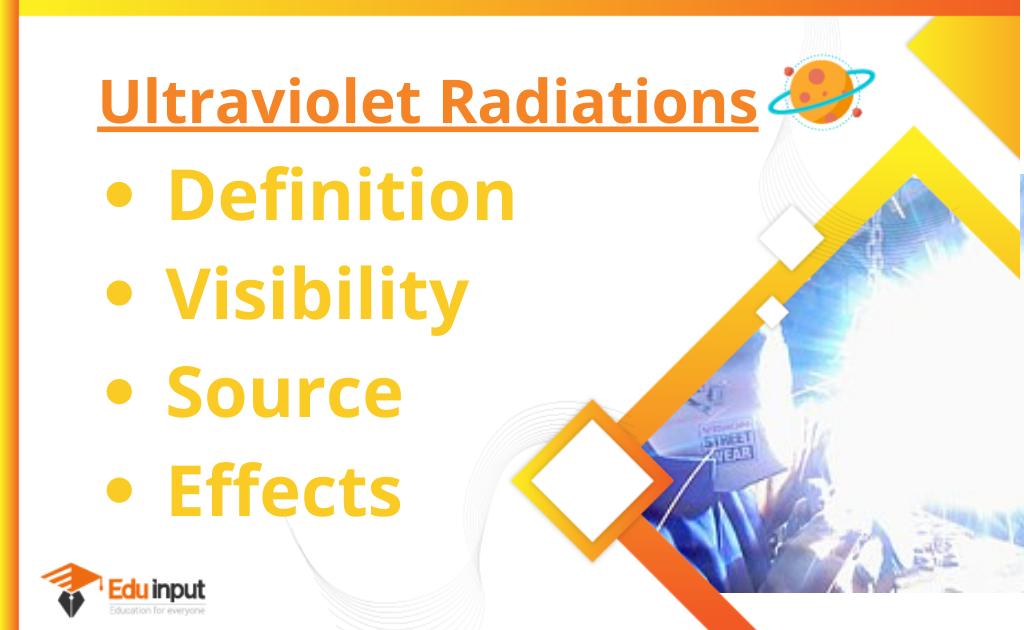What is an Infrared Wave?-Definition, Natural Infrared, And Heat Radiations
The portion of the spectrum that extends from the long wavelength to the red end of the visible-light range to the microwave range is called the infrared wave. It can be seen as a sensation of warmth on the skin by being invisible to the eye.
What is an infrared wave?
The difference between visible light and IR is that visible light has a wavelength that’s shorter than IR’s. It’s not visible to the human eye. The nominal red edge of the visible spectrum is around 700 nanometers and the IR wavelength is from 1 millimeter to 300 GHz. IR propagation is similar to that of a wave and a photon, with properties corresponding to both.
When there is a change in the movement of the earth’s rotation, the rays of the sun are absorbed or emitted by the atoms in the molecule. Through a change in the dipole moment, it can be used to study the energy states of the proper symmetry for the molecule.
Natural infrared
Sunlight, at an effective temperature of 5,780 kelvins (5,510 C, 9,940 F), is composed of near-thermal-spectrum radiation that is slightly more than half Infrared. At sea level, the sun provides an irradiance of just over 1 kilowatt per square meter.
There are three types of radiation in this energy: visible light, visible radiation, and ultraviolet radiation. The surface of Earth is far cooler than the surface of the Sun, which means that some thermal radiation is much longer in wavelength. Black-body or thermal radiation is continuous and gives off radiation at all wavelengths. Only lightning and natural fires are hot enough to produce visible energy, and fires produce far more heat than visible light energy.
Infrared Heat Radiations
Light and Electromagnetic waves of any Frequency will heat surfaces that absorb them, which is why the term “heat radiation” is often used. 50% of the heating of Earth is caused by visible light that is absorbed and then re-radiated at a longer wavelength, while the other 50% is caused by the light from the Sun. There are lasers and hot objects that can cause char paper and visible radiation.
The radiation at room temperature is concentrated in the 8 to 25 m bands, but this is not different from the emission of visible light by incandescent objects and ultraviolet by even hotter objects. Through a vacuum, thermal radiation can be transmitted. Thermal radiation is characterized by a particular spectrum of many wavelengths that are associated with emission from an object due to the vibration of its molecule at a given temperature.
It is possible for thermal radiation to be emitted from objects at any wavelength, and at very high temperatures it can extend into visible, ultraviolet, and even X-ray regions. The solar corona is a part of the sun’s corona. It is only a coincidence that there is a correlation between the two radiations based on the low temperatures found near the surface of the planet Earth.







Leave a Reply